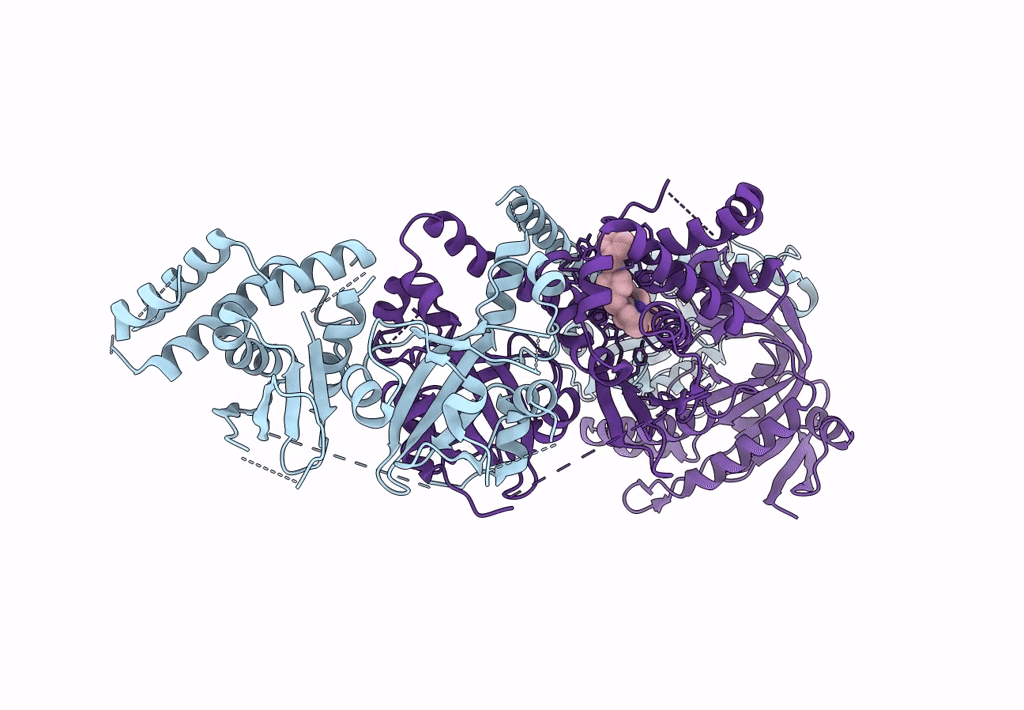
Deposition Date
2020-10-14
Release Date
2021-08-11
Last Version Date
2024-05-29
Entry Detail
PDB ID:
7D9T
Keywords:
Title:
Structure of human soluble guanylate cyclase in the cinciguat-bound inactive state
Biological Source:
Source Organism:
Homo sapiens (Taxon ID: 9606)
Host Organism:
Method Details:
Experimental Method:
Resolution:
4.10 Å
Aggregation State:
PARTICLE
Reconstruction Method:
SINGLE PARTICLE


